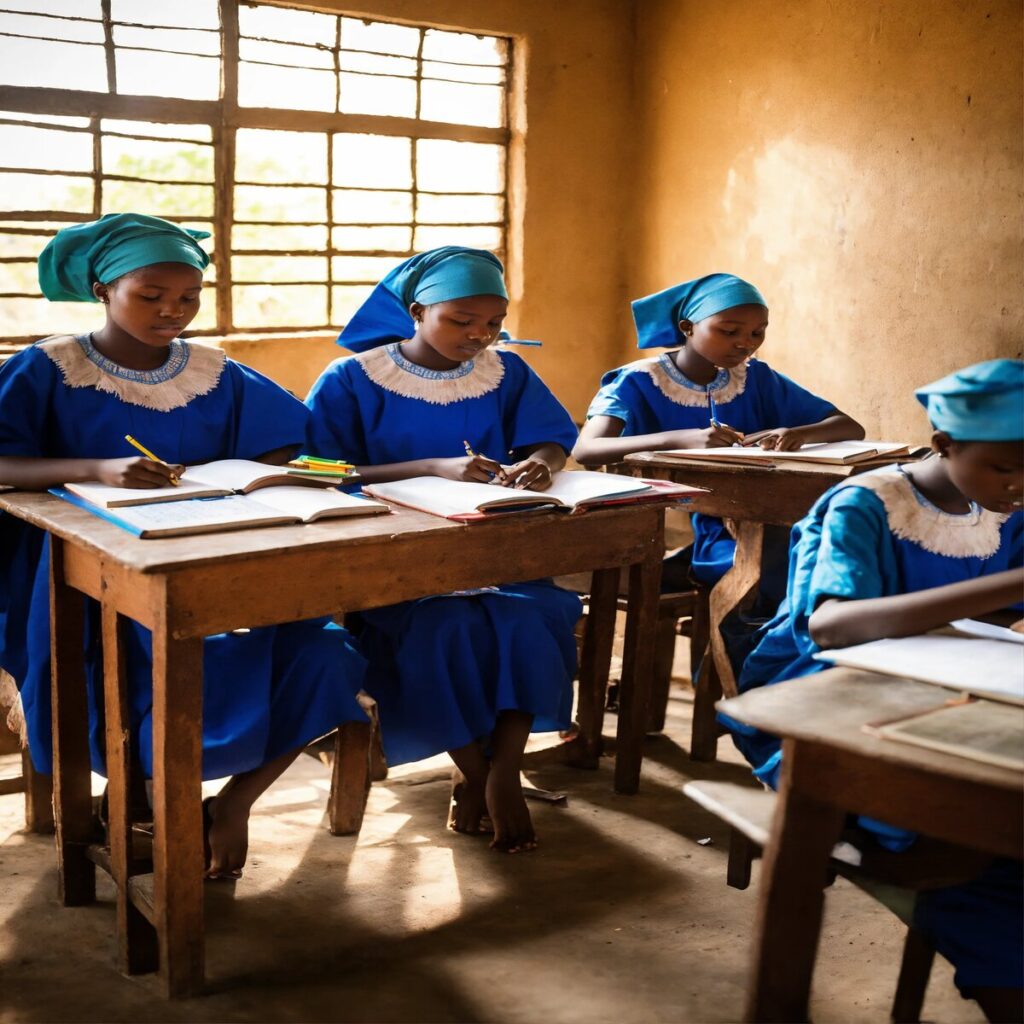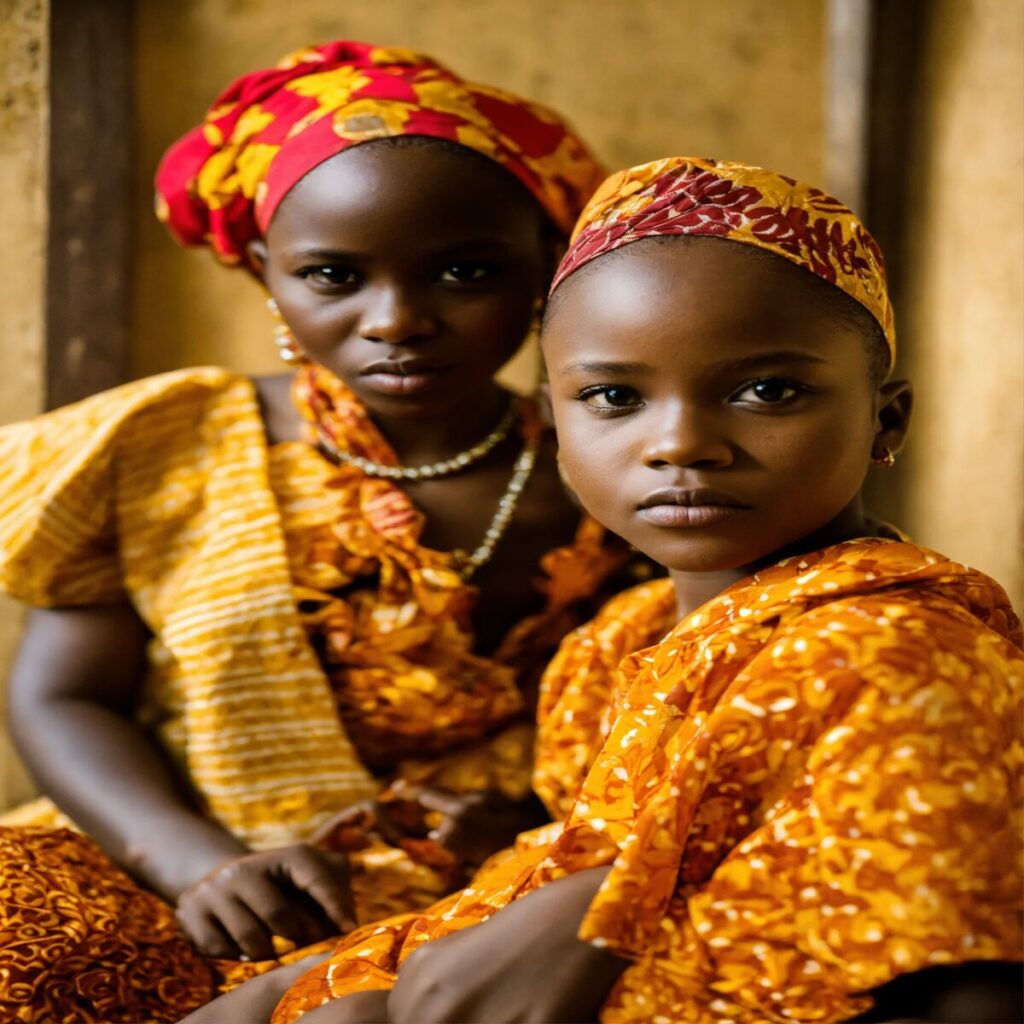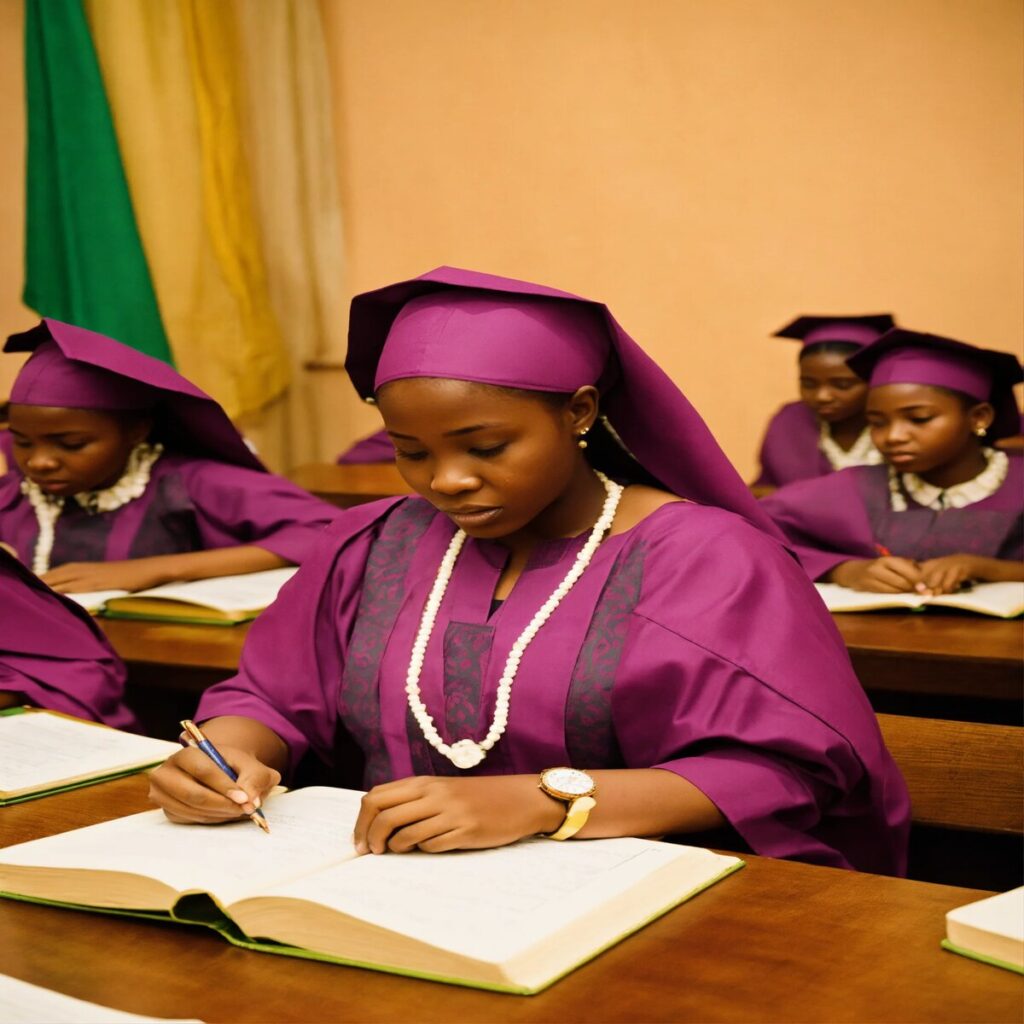
Before 1920, primary and secondary education in Nigeria was within the scope of voluntary Christian organisations.
Out of 25 secondary schools established by 1920, three were girls only, and the remainder were exclusively for boys. In 1920, the colonial government started giving out grants to voluntary associations involved in education, the grant-giving lasted till the early 1950s.
At that point, education was placed under the control of regions. In 1949, only eight out of a total of 57 secondary schools were exclusively for girls.
These schools are Methodist Girls’ High School, Lagos (1879), St Anne’s School, Molete, Ibadan (1896), St. Theresa’s College, Ibadan (1932), Queens College, Lagos, (1927) Holy Rosary College, Enugu (1935), Anglican Girls Grammar School, Lagos, (1945), Queen Amina College and Alhuda College, Kano.
From 1950 up till 1960, six more notable schools were established and by 1960, there were fourteen notable girl’s schools, ten mixed and sixty-one boys only.
The 1960s
During the 1960s, when most African states (countries) began to gain political independence, there was notable gender inequality in education.
Girls’ enrollment figures were very low throughout the continent. In May 1961, the United Nations Universal Declaration of Human Rights and UNESCO’s educational plans for Nigeria were announced in a conference held in Addis Ababa, Ethiopia.
A target was set to achieve 100% universal primary education in Nigeria by the year 1980.
The 1970s
The implementation in the 1970s of the free and compulsory Universal Primary Education (UPE) was in line with this UN Plan. Since then, UNICEF and UNESCO and many other organisations have
sponsored research and conferences within Nigeria regarding the education of girls. Up until the 1970s, considerably more boys than girls participated in education in Nigeria.
According to one Nigerian historian, Kitetu, the native traditions’ philosophy was that a woman’s place is at home and this kept many girls away from education.
However, with the government’s intervention and public awakening, parents began to send and keep their girl children in school. Consequently, women’s involvement became more visible.
The 1990s and beyond
It can be noted that purposeful plans of action led to an increase in females in schools after 1990.
While more boys than girls were enrolled in 1991 by a difference of 138,000 in 1998, the difference was only 69,400.
At the pan-African Conference held at Ouagadougou, Burkina Faso, in March and April 1993 (three decades after the UN Declaration of the 1960s) it was observed that Nigeria was still lagging behind other regions of the world in female access to education.
It was also noted that gender disparity existed in education and there was need to identify and eliminate all policies that hindered girls’ full participation in education.

